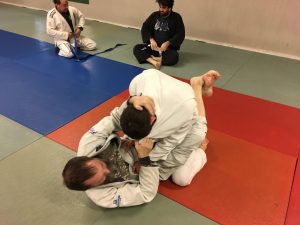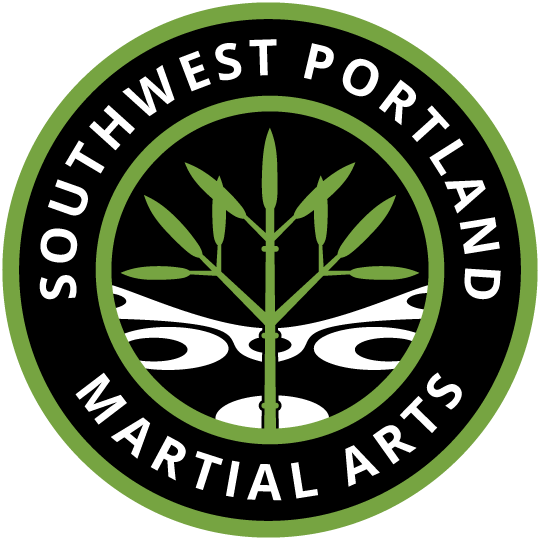 What’s the big deal with guard position? Why, if you look around the floor during a BJJ class are over half the matches mired in the guard?
What’s the big deal with guard position? Why, if you look around the floor during a BJJ class are over half the matches mired in the guard?
One reason is because it is a transition point. While neither top nor bottom guard is a superior position (depending if you can strike or not), gused is a place where the game could go either way. When I say game, I don’t mean just the game of Jui-jitsu. I also mean the MMA or self defense. Things aren’t clearly skewed in either direction.
If the bottom player sweeps the top player and ends up in mount or side control, they now clearly have the advantage. If the top player passes and ends up in a dominant position, they clearly have the advantage. That doesn’t mean things couldn’t turn around. Certainly people can dig themselves out of terrible circumstances. We train, however, with the idea that we’d like to have the strategies, skills and techniques to put probability on our side.
Train your guard – top and bottom position. Know that it is a place where the tide can turn in either direction. Know that it is a place you’re very likely to end up in (or that you’d much prefer over mount or cross body bottom) if a bigger person decides to throw you to the ground.
If you’ve trained the guard only from the sport BJJ angle, know that you may have a skewed version of the power of bottom guard. If you’ve trained guard only with people who know how to strike, know that you may have a flawed perspective on the safety of top guard. And know that even if you do know how to escape from the inferior positions of mount bottom or cross body bottom, you’re likely to end up in bottom guard position, a neutral position, before you end up in a clearly advantageous position.
In terms of solid basics, I think students of the martial arts should have a minimum of two sweeps and two submissions from bottom guard. I also think that they should have two escapes (and or passes) from top guard. And when I say “have” I mean that they can apply these techniques against an actively resisting opponent. After applying these against grappling resistance, I think they should also put in strikes and see how that changes the techniques and timing.
To sum it up, I think knowing guard is important because it is a very common point of transition when things go to the ground. If you know the position well and things go to the ground, you have a better chance of things tipping in your favor and being able to find a better position. If you don’t know the position well and neither does your partner the odds might fall back on to factors like who is bigger and stronger. If your partner has got a firmer grasp on guard than you do, then probability tips over to their side. Luck, as they say, favors the well prepared.
